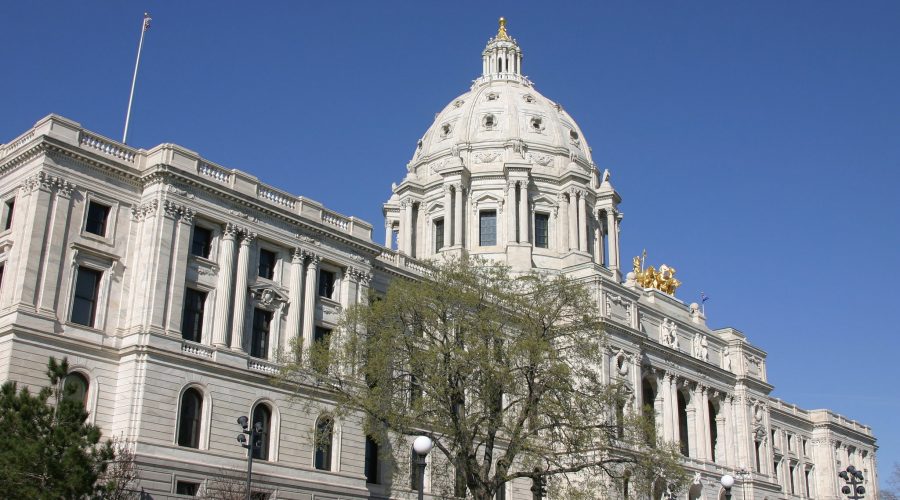I wrote the following article as part of my ongoing series about school district issues for the Northfield News. This article was published on January 9, 2019.
The Minnesota Legislature commenced its 91st legislative session on January 8, 2019. A new governor, a new majority party leading the House of Representatives, and a razor-thin margin for the majority party in the Senate will lead to an interesting dynamic at the Capitol. PreK-12 public education continues as a top priority for Minnesotans.
The 2019 legislature has an opportunity to address some long-standing challenges:
- At a minimum, increase the basic formula (the amount of funding provided by the state for each child) by three percent in each of the next two years and pass legislation automatically adjusting the basic formula for inflation. Only five times in the last 28 years has the legislature approved an increase that matched or exceeded inflation. Districts like Northfield ask voters for additional dollars through local operating levies to ensure programming is maintained. The basic formula would need to be increased by 46% ($2,873 per student) to have the same purchasing power it did in 1991-92. This reform will give school districts a crucial tool for better long-term financial planning and reduce the need to ask local taxpayers for additional operating funds through local levies.
- Increase funding to reduce the amount of general education money used for mandated (and morally imperative) special education programming. Northfield Public Schools currently spends over $5 million per year from the general fund to “cross-subsidize” special education services. This is approximately 10% of our expenditures.
- The 2018 legislative session authorized $25 million in competitive grants for school safety. Minnesota school districts submitted roughly $250 million worth of requests. An ongoing funding increase for school safety is needed. While school districts should modify their physical structures to meet the public’s expectation of reasonable school security, real safety is a result of positive relationships with our students and professional intervention when needed. Districts need the flexibility to use increased school safety funds for personnel or physical security improvements. This is a logical area for the legislature to consider investing a portion of the $1.5 billion budget surplus.
- Expand funding for preschool and child care scholarships for our most needy families. Early learning scholarships, as espoused by former Minneapolis Federal Reserve Vice President Arthur Rolnick, will help reduce Minnesota’s unacceptable achievement gap and even the playing field between students from different income brackets. An investment to make sure every Minnesota child has a strong start will yield substantial long-term dividends for our economy and positively impact the entire K-12 system.
- Provide local districts with flexibility. Funding with strings attached or additional unfunded mandates is not good governance. Our locally-elected school boards are the experts who can best determine educational priorities.
Minnesota’s legislature is the only one in the United States where one political party does not control both houses of the legislature. They can model what cooperative governing looks like for the rest of the nation. It is critical Northfielders pay close attention to the session and share our expectations for this important work with our representatives in St. Paul.

